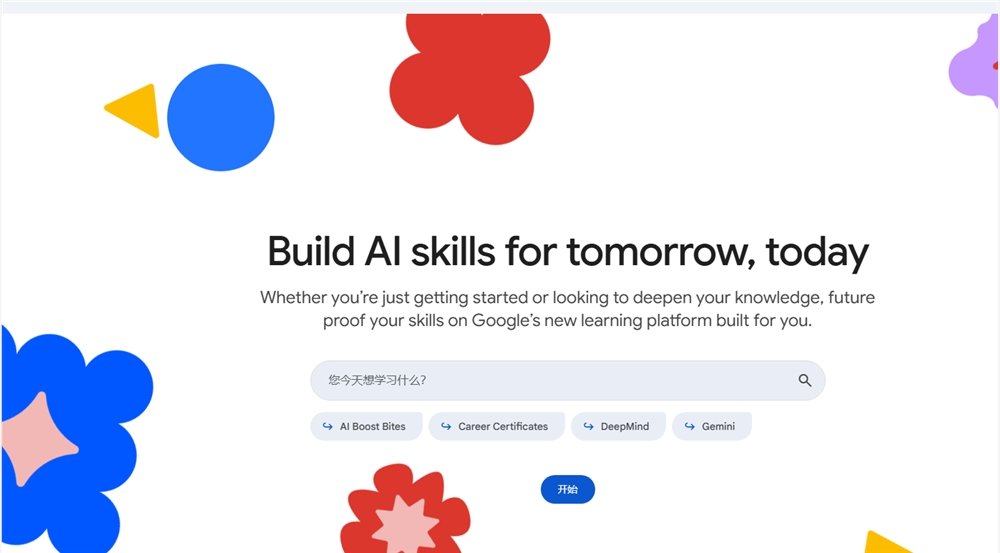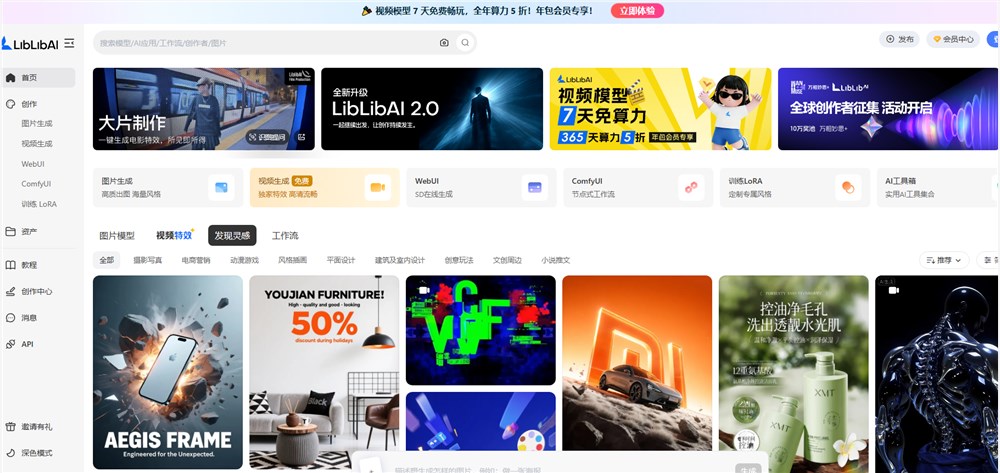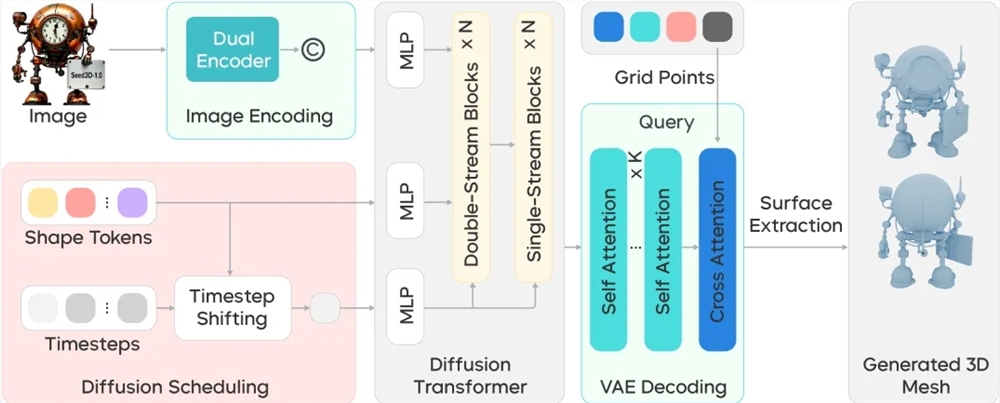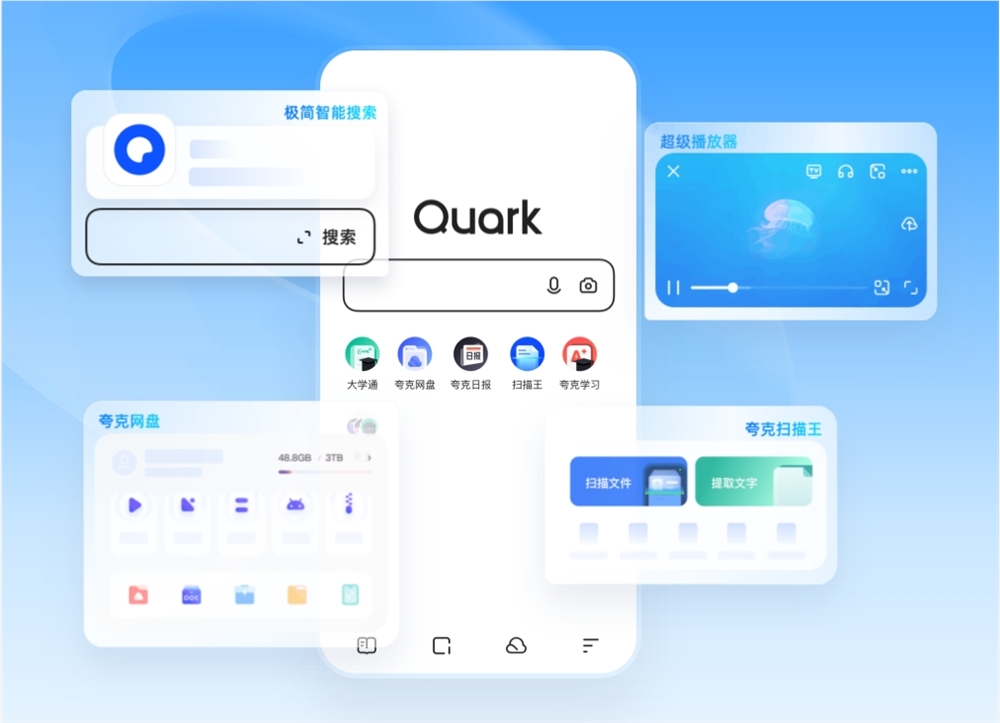AI Breakthroughs: Google Opens Skills Platform, LiblibAI Raises $130M
Major Developments in AI: Funding, Features, and Free Education
Google Opens Internal AI Knowledge to Public
Google has launched 'Google Skills,' a free platform providing access to DeepMind, Google Cloud, and Gemini AI expertise. The initiative includes over 700 hands-on labs, real-time coding feedback, and career pathways with 150+ companies. This marks Google's first systematic release of internal AI knowledge.

LiblibAI Secures Record $130M Funding
Chinese AI platform LiblibAI closed a $130M Series B round, the largest single investment in domestic AI applications. The company plans global expansion while integrating multimodal capabilities (images, videos, 3D) into its creator ecosystem.

Sora Introduces 'Guest Role' Feature
The AI video tool Sora unveiled its roadmap update featuring:
- 🎭 Guest Role: Pets/toys in video creation
- 📱 Upcoming Android version
- 💬 Enhanced social interaction tools
The update aims to diversify content creation accessibility.
ByteDance Launches Seed3D1.0 Model
ByteDance's Seed team released Seed3D1.0, generating simulation-quality 3D models from single images. Key features:
- 🧱 Accurate geometric construction
- 🕹️ Seamless integration with engines like Isaac Sim
- 🧠 Diffusion Transformer architecture
The model supports embodied intelligence development through world simulation.

Other Notable Updates:
- Kunlun Wanshi's SkyReels: November update brings precise control of 33 micro-expressions (
 )
) - Alibaba's Quark Assistant: Qwen-powered chatbot integrates search/QA functions (
 )
) - Vidu Q2 API: Enables 5-minute video generation with sound effects (
 )
) - MiniMax's Hailuo 2.3: Surpasses Veo in realism and motion capture
Doubao's Seedance 1.0pro: Enhances narrative control in video generation
Key Points:
- 🌍 Google democratizes AI education through free skills platform
- 💰 LiblibAI's funding signals strong investor confidence in Chinese AI
- 🎥 Multiple video generation tools advance controllability features
- 🤖 ByteDance's 3D model bridges digital/physical simulation gaps